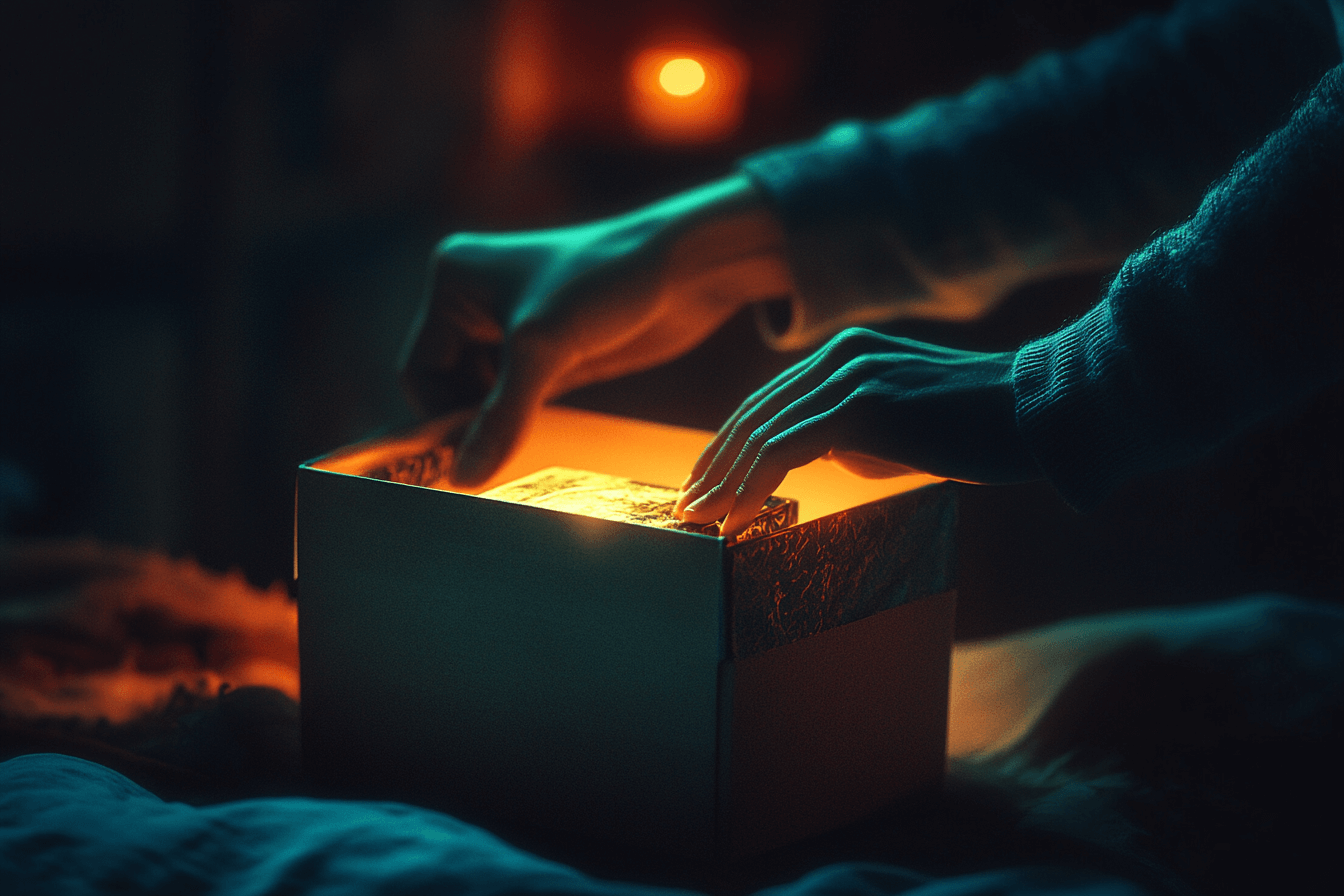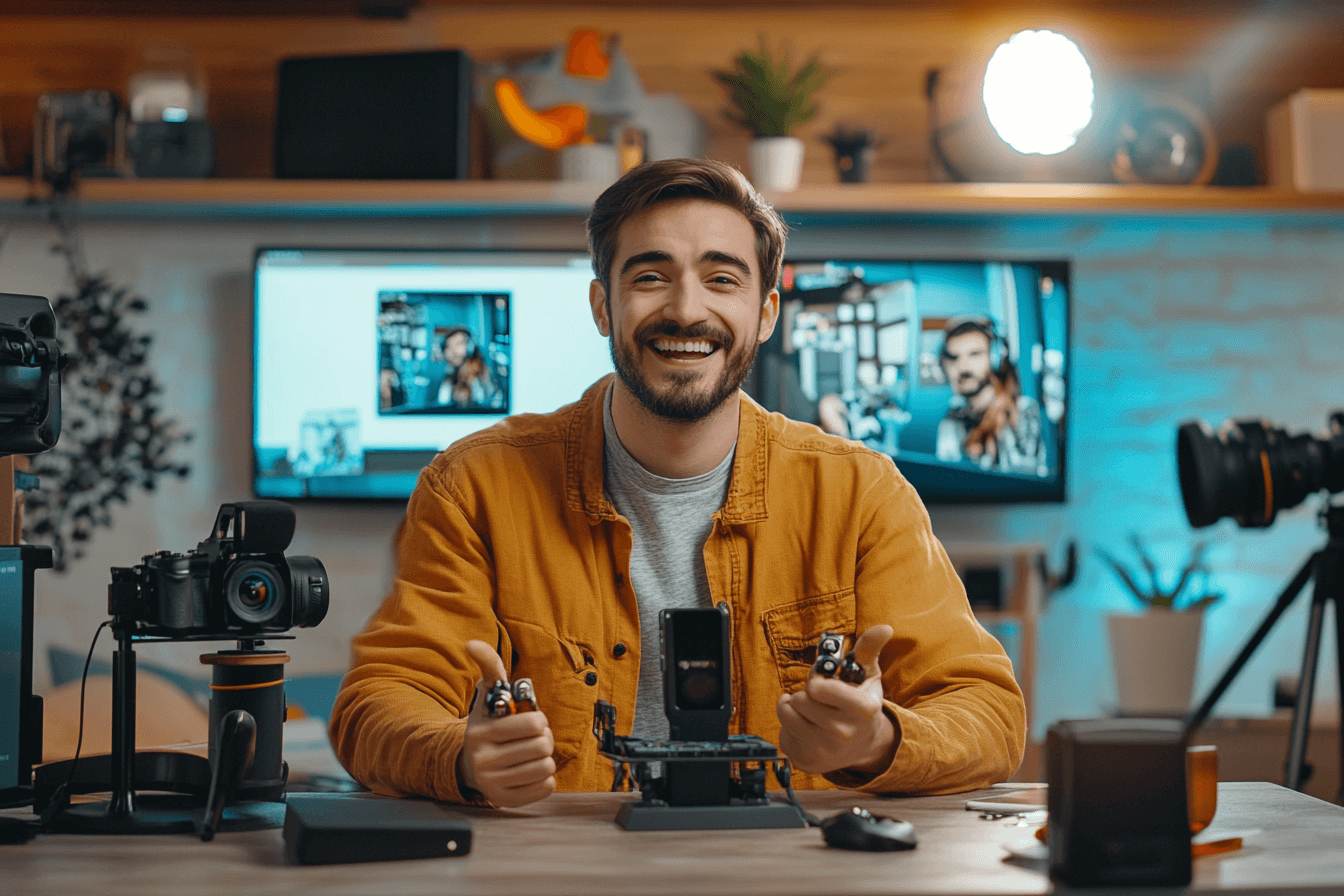Understanding the limited-edition unboxing phenomenon
In recent years, the act of unboxing has grown from a simple product reveal into a full-fledged cultural event. When limited-edition items are involved, this phenomenon becomes even more intense. Viewers around the world tune in to see the latest drop, the packaging design, and the emotional reactions of influencers and fans alike. But what fuels this obsession, and why have limited-edition unboxings become a marketing powerhouse?
The appeal of unboxings lies not only in the product itself but also in the ritual and anticipation. When the item is part of a limited run, the stakes are higher. The sense of rarity creates urgency, and the experience of watching someone open a rare box can feel almost participatory — as though viewers are part of an exclusive moment.
What are limited-edition unboxings?
Limited-edition unboxings involve the unveiling of exclusive, often time-sensitive products. These could be collector’s items, fashion pieces, tech gadgets, or themed boxes tied to pop culture events. Unlike traditional product reveals, these unboxings emphasize the scarcity and uniqueness of the item.
The packaging is often elaborate, the contents surprising, and the overall design curated to generate maximum impact. It’s not uncommon for brands to release only a few hundred or thousand units, making the product feel like a once-in-a-lifetime acquisition.
Origins and evolution of the trend
Unboxing videos first gained traction on platforms like YouTube in the early 2010s. Initially dominated by tech gadgets and toys, the format quickly evolved as brands noticed its potential for creating buzz. Soon, limited-edition drops began to incorporate storytelling, influencer partnerships, and marketing theatrics.
Today, this form of content has matured into a strategic tool. Brands across industries from sneakers to gaming to luxury cosmetics use limited-edition unboxings to generate interest before a launch, turning scarcity into strategy.
Platforms driving the craze: YouTube, TikTok, and Instagram
Social media platforms play a critical role in amplifying the appeal of unboxings. YouTube remains a major hub, particularly for longer, commentary-rich videos. TikTok, with its short-form format and algorithmic virality, has introduced unboxing content to a younger demographic, often blending humor, shock, and aesthetics. Instagram, especially through reels and stories, offers a highly visual and curated way to showcase limited products.
The shareable nature of these platforms allows a single unboxing to reach millions, turning everyday people into trendsetters and giving brands unprecedented reach.

The psychology of the unboxing experience
The power of limited-edition unboxings is deeply rooted in human psychology. These videos tap into emotions like curiosity, envy, satisfaction, and nostalgia. When something is limited, our brains are wired to want it more.
Beyond just consumer desire, unboxing offers a type of vicarious thrill. Watching someone open a rare item delivers a sensory and emotional hit — even if we never buy the product ourselves.
Scarcity and the allure of exclusivity
Scarcity is one of the most powerful motivators in marketing. It signals value, importance, and status. When viewers see a product labeled as “limited,” they perceive it as more desirable, even if the actual utility or quality remains unchanged.
Limited-edition unboxings tap into this instinct, encouraging impulse decisions and feeding the need to belong to a select group.
The emotional high of discovery and surprise
Many unboxings are structured to maintain suspense the box isn’t just opened, it’s unwrapped layer by layer. This builds anticipation and mirrors the reward structure found in games and storytelling. The element of surprise activates dopamine responses in the brain, creating a pleasurable and memorable experience.
This emotional payoff is central to the success of unboxing videos. It turns a passive viewer into an engaged participant.
Community and belonging in the unboxing culture
Unboxing videos also foster a sense of community. Fans gather in comment sections, forums, and Discord servers to discuss their favorite drops, speculate on upcoming releases, and share personal collections. The exclusivity of limited items creates an in-group a shared experience that strengthens viewer loyalty.
This communal aspect transforms unboxings from solitary experiences into collective rituals.
Industry perspectives and marketing strategies
For brands, limited-edition unboxings are not just a creative endeavor they are a strategic goldmine. Companies use them to boost engagement, drive demand, and position themselves as culturally relevant.
Whether it’s a sneaker brand collaborating with a celebrity or a game studio releasing a collector’s box, the goal is to create a sense of urgency and elevate brand status.
Brands leveraging the FOMO effect
Fear of missing out (FOMO) is a potent emotional trigger. Brands know this and design drops specifically to create a ticking clock. Flash sales, surprise releases, and timed countdowns all contribute to the urgency. This tactic doesn’t just sell products it sells experiences.
By combining limited availability with strong storytelling, brands transform their products into cultural events.
Collaboration drops and influencer tie-ins
Collaborations are central to the limited-edition economy. When a brand partners with an artist, influencer, or other brand, the resulting item often carries cultural cachet beyond its intrinsic value.
Influencers, in particular, play a key role. Their unboxings can make or break a release. They are not just showcasing a product they are validating it to their audience.
Resale markets and artificial scarcity
A controversial aspect of limited-edition unboxings is the secondary market. Many items quickly appear on resale platforms at inflated prices. This creates a sense of exclusivity but can also lead to disappointment among fans.
In some cases, brands are accused of manufacturing scarcity intentionally limiting supply to inflate demand. While effective, this can backfire if the community feels manipulated.
Hidden gems or just hype?
The core question remains: are these unboxings really worth the attention, or are they just another form of marketing spectacle? The answer lies somewhere in between.
When done well, limited-edition unboxings can highlight craftsmanship, storytelling, and innovation. But in many cases, the packaging outshines the product, leaving consumers with buyer’s remorse once the hype fades.
Collectible value vs. consumer disappointment
Some limited-edition products genuinely gain value over time especially in categories like sneakers, art toys, or gaming gear. But others become forgotten novelties. The risk for consumers is high, especially when purchases are driven by hype rather than personal interest or utility.
Evaluating the long-term worth of an item requires discernment, which not all consumers apply in the heat of the moment.
Quality, craftsmanship, and storytelling
The best unboxings celebrate more than rarity they showcase meaningful design and thoughtful presentation. When the story behind a product aligns with its quality, the unboxing becomes a deeper experience.
Brands that invest in these details often build stronger connections with their audience and stand out from competitors focused only on shock value.
When hype fizzles: case studies of failed drops
There have been numerous examples of failed limited-edition releases from poorly designed influencer merch to overhyped tech that underdelivered. In these cases, the unboxing itself becomes a source of criticism.
These missteps reveal the thin line between creating excitement and overpromising. They remind both brands and consumers that substance still matters.
The future of limited-edition unboxings
As the digital landscape evolves, so too does the way we engage with products and experiences. The next wave of unboxings may be driven by new technologies and values ones rooted in sustainability, digital ownership, and community empowerment.
Trends to watch: sustainability, NFTs, and digital packaging
Sustainability is becoming a bigger concern. Brands are experimenting with recyclable packaging and eco-friendly materials. At the same time, the rise of NFTs and digital goods opens the door for virtual unboxings, where scarcity and exclusivity exist entirely online.
These shifts suggest that the unboxing phenomenon is far from over it’s just changing form.
Evolving consumer expectations
Modern consumers are more informed and critical. They expect transparency, quality, and authenticity. A flashy box might capture attention, but it won’t retain loyalty unless it delivers real value.
This evolving mindset is pushing brands to be more thoughtful in their approach to limited-edition content.
Will the bubble burst or evolve?
Like all trends, the future of limited-edition unboxings depends on how well it adapts. If it continues to innovate and resonate emotionally, it may become a permanent fixture in marketing and fandom culture. But if it leans too heavily on gimmicks, audiences may tune out.
One thing is clear: the desire for discovery, exclusivity, and shared excitement isn’t going away anytime soon.







